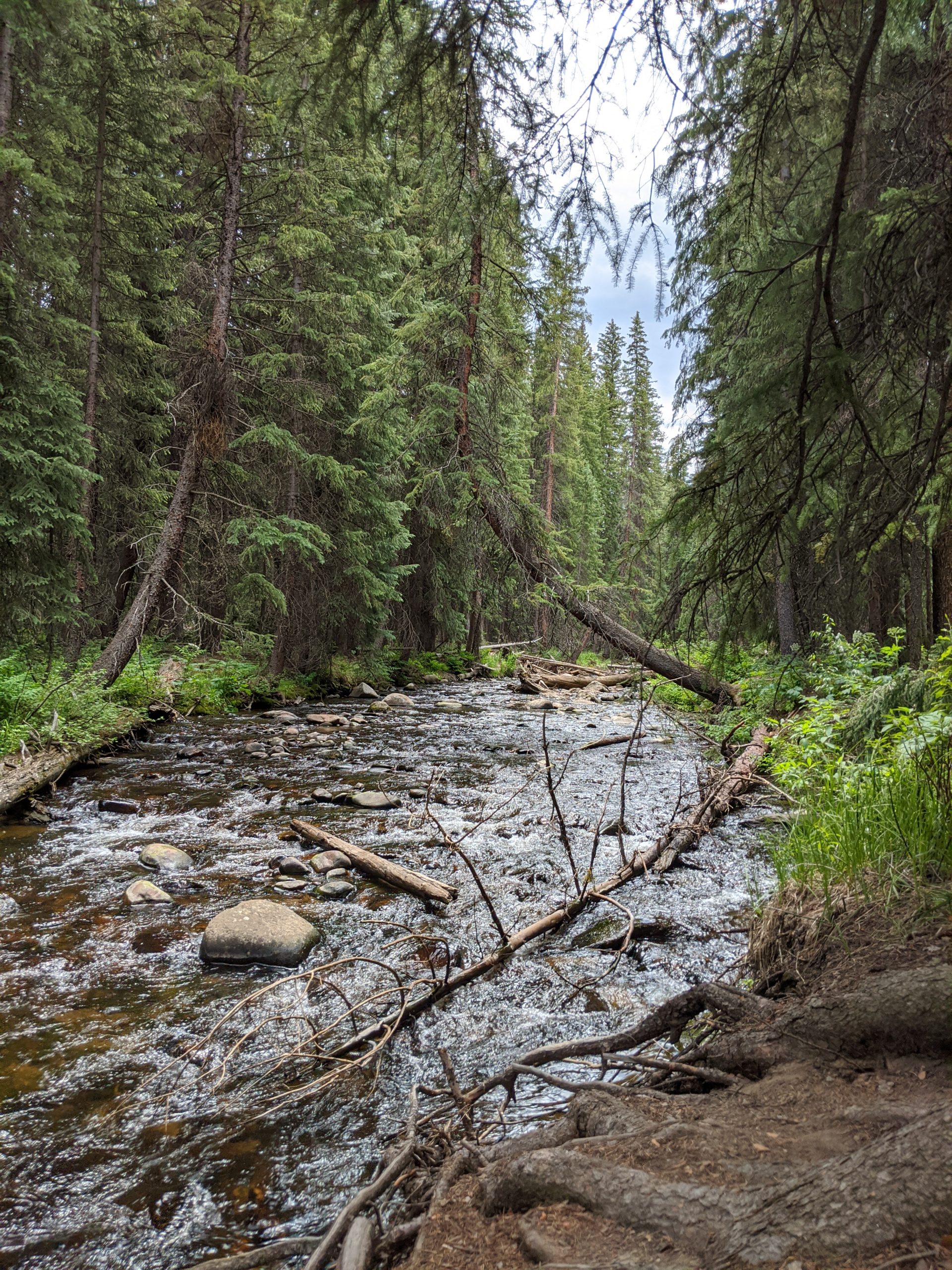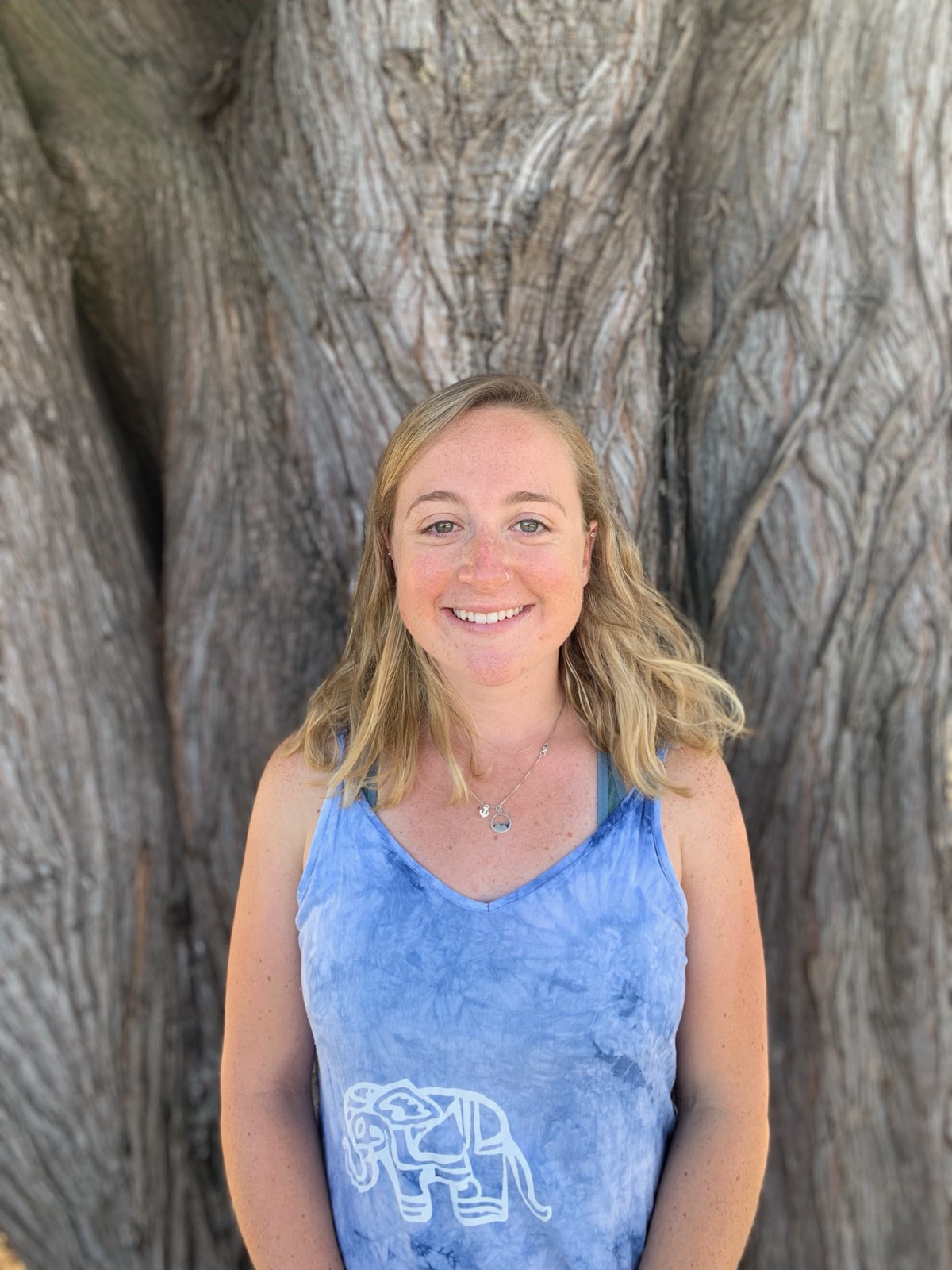Last week my internship with NOAA officially ended. It feels like if flew by in a matter of weeks not months.
What did you accomplish with your host organization? What was the impact of your work?
By the end of my internship, I wrote an extensive research paper containing the following: a comprehensive literature review on coastal and oceanic blue carbon, threats to blue carbon habitats, case studies of blue carbon analysis and restoration, market mechanisms to protect blue carbon, an assessment of the Greater Farallones National Marine Sanctuary blue carbon sources, and recommendations for MPA managers to implement blue carbon work. My paper will be published in the Spring and will be the first article to summarize blue carbon work in this much detail and with recommendations.
Continue reading





